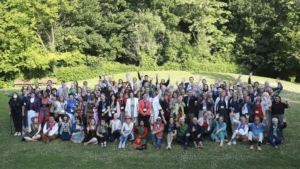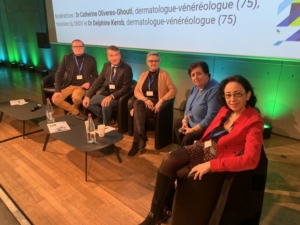AND ALSO……. IN 2023
16th November 2023 :
Following a first online meeting on 22nd June about Patient engagement, SpotInfoPatients, organised by BMS Laboratory, gathered together several patient representatives for a workshop on the role of decision-makers in the health sector.


9th December 2023 :
For the first time, the Fair Committee organised the Téléthon in Bons en Chablais. Cutis Laxa Internationale was present and offered children a range of activities,e.g. drawing hands to make a fresco i.e. our logo and face painting. € 3,050 were collected for the Téléthon
18th and 19th December 2023 :
Marie-Claude Boiteux presented to children aged 11-12 at the Bons en Chablais secondary school: 200 children attended this awareness raisinf talk about skin disorders. The aim was to reduce the stigma and bullying that children with a skin disorder may face at school.
Each child was given the booklet edited by the French Federation for Skin:
« What about talking…. about skin disorders »



















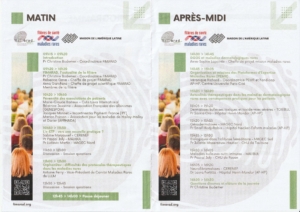





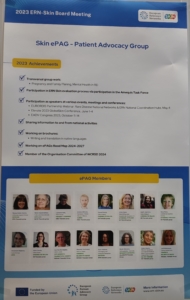

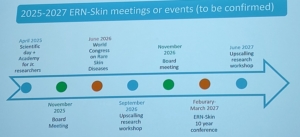


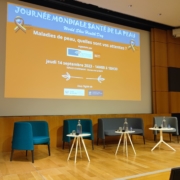













 :
:
